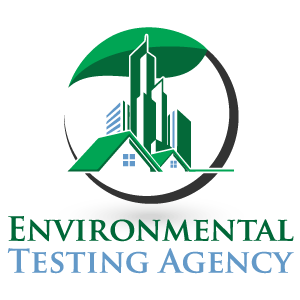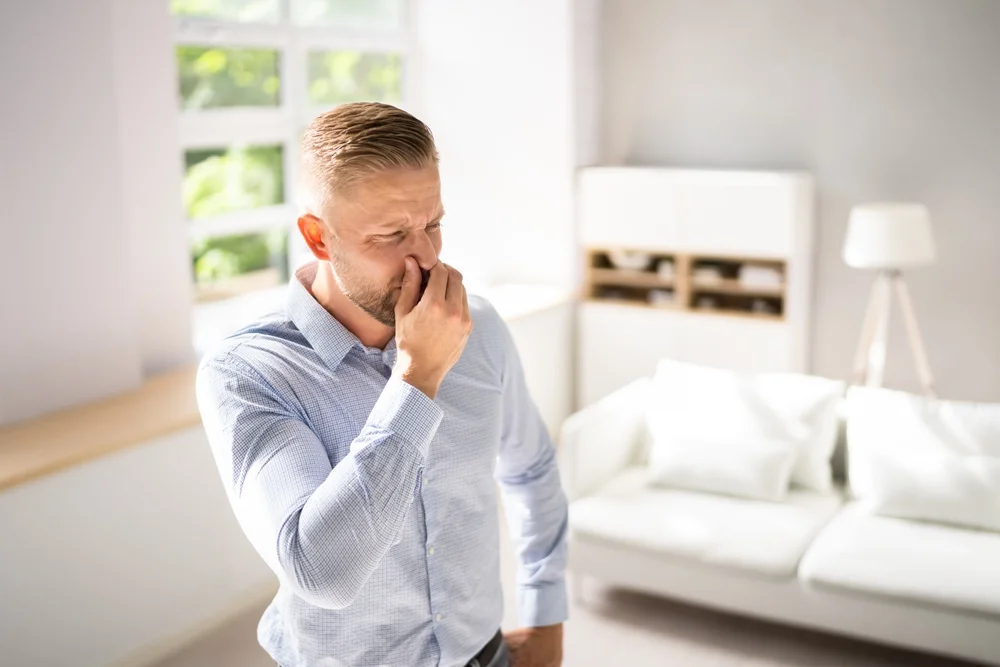Carpet Mold Inspection & Testing In Florida
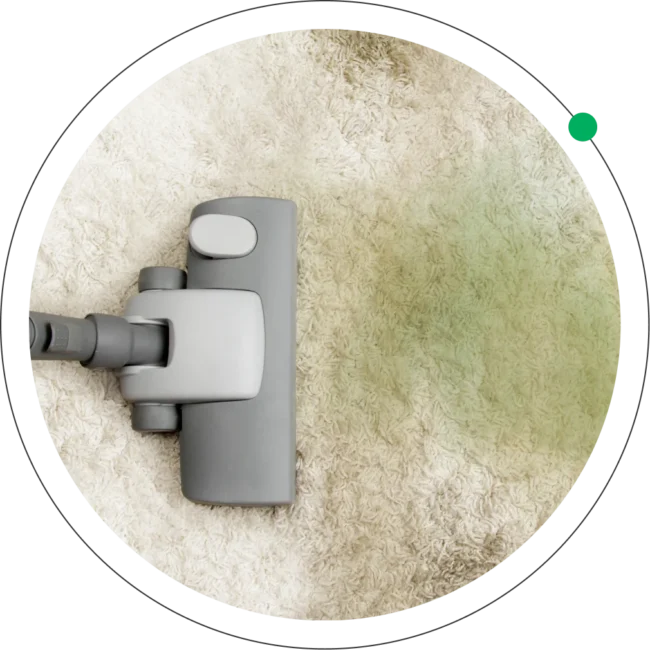
Dealing with carpet mold in Florida can be tough, especially with our warm and humid weather that makes it easy for mold to grow. At ETA Mold, we know how important it is to keep your home or business safe and healthy. That’s why we offer expert carpet mold testing across the state. Whether you’re smelling something odd, spotting unusual marks, or just want to make sure everything’s okay, we’re here to help. Our team is ready to find and fix mold problems before they get worse, so you can relax knowing your space is in good hands.
What is Carpet Mold?
Carpet mold is a type of fungus that grows well in damp and warm conditions, making it a common issue in Florida. It starts as tiny spores that are nearly invisible. These spores can settle into your carpet’s fibers and begin growing if there’s enough moisture. Over time, they can form visible patches of mold that might be black, greenish-gray, or other colors.
Carpet mold not only looks unpleasant but can also create musty smells and pose health risks, especially for people with allergies or breathing issues. It often appears in places with poor ventilation or after water damage, like from a leak or flood.
To prevent mold from becoming a bigger problem, keep an eye out for any signs of mold and schedule regular mold inspections. If you think you might have a mold issue, don’t wait. Our team at ETA Mold is ready to provide thorough mold testing to keep your space clean and safe.

Why Carpet Mold is Common Problem in Florida?
Carpet mold is a common problem in Florida due to our unique climate conditions. With high humidity levels and frequent rainfall, moisture can easily build up in homes and buildings. This creates the perfect environment for mold to grow, especially in areas like carpets where the fibers can trap moisture and warmth.
In Florida, leaks from heavy rains, air conditioning problems, or plumbing issues are pretty common. Even a little water that gets into carpets can quickly lead to mold if it’s not taken care of right away. Plus, the high humidity in the air adds to the damp conditions, making it easier for mold to develop and spread. If you notice any signs, our mold testing services can help you confirm the presence of mold and take the necessary steps to address it.
Types of Mold That Can
Grow on Carpet
When it comes to mold on carpets, you might come across a few common types, each with its own look and impact on your space:
Aspergillus (also known as “Common Mold”)
This is one of the most common types of mold found on carpets. It often appears as a greenish or yellowish color and can spread quickly in damp conditions. Aspergillus is known for causing respiratory issues and allergic reactions.
Cladosporium (sometimes referred to as “Green Mold”)
Typically black or green, Cladosporium can be found growing on carpets, especially if there’s been water damage or high humidity. It is known to cause itchy eyes, sneezing, and skin rashes.
Stachybotrys (commonly known as “Black Mold”)
Often called “black mold,” this type is well-known for its dark color and musty smell. It grows well in very damp conditions and can produce mycotoxins that are harmful when inhaled. Black mold is particularly concerning and should be addressed quickly with proper mold testing.
Penicillium (also called “Blue Mold”)
Usually blue or green, Penicillium can grow on carpets if they’ve been wet for a while. While it’s less aggressive than some other molds, it can still cause allergic reactions and respiratory issues.
If you spot any of these molds on your carpet, don’t hesitate to contact us at ETA Mold. We’re here to help you figure out the problem and ensure you get the right support to address it properly.
Signs You Need Carpet
Mold Inspection & Mold Testing
Not sure if your carpet might be hiding some unwanted mold? Here are a few clear signs that it’s time for an inspection and mold testing:

Musty Odor
If you’ve noticed a damp or moldy smell in your room that won’t go away, it could mean there’s mold in your carpet.

Discoloration
Dark or odd-colored patches on your carpet could be a sign of mold, especially if they don’t come out with cleaning.

Allergic Reactions
If you or your family members are suddenly sneezing, coughing, or experiencing itchy eyes, it might be due to mold spores in your carpet.

Water Damage
Any recent leaks, floods, or spills that haven’t been completely dried can create the right conditions for mold to grow. Mold testing can help determine if any hidden mold is present.

Visible Mold
If you see mold growing on your carpet or around the edges, it’s time to call in a professional to check things out.
What Causes Mold on the Carpet?
- Homes with high humidity levels can have moisture settle into carpets, leading to mold growth. This is especially a problem in humid climates or if your home doesn’t have proper dehumidification.
- Areas with poor air circulation can trap moisture and heat, creating a perfect environment for mold to grow. This is common in rooms with inadequate ventilation, like basements or rooms with little airflow.
- Mold grows well in damp environments. If your carpet gets wet from spills, leaks, or high humidity and isn’t dried quickly, it can become a breeding ground for mold.
- If your home has been flooded, carpets can absorb a lot of water. If not properly cleaned and dried, this can lead to mold growth.
- Water leaks from plumbing or roofing issues can cause carpets to become wet. If the underlying cause of the leak isn’t fixed, mold can develop in the carpet and padding.
- Carpet padding underneath the carpet can retain moisture, which can lead to mold growth if the top layer of the carpet becomes damp.
- Regular cleaning helps to remove dirt and moisture that can contribute to mold growth. If carpets aren’t cleaned regularly, they can be more likely to develop mold.
Common Places Where Mold Hides in Carpet
Mold can be hard to spot and hide in places you might not think of right away. Here are some common spots to check:
Under Furniture: Mold can grow without being seen under heavy furniture or rugs, especially if there’s been a spill or moisture problem.
Around the Edges: The edges of carpets, where they meet walls or baseboards, can collect moisture. Gaps or poor sealing can let mold grow in these hard to see spots.
In Carpet Padding: The padding underneath your carpet can hold onto moisture better than the carpet itself. If your carpet got wet, the padding might be hiding mold.
Under Carpet Tiles: If you have carpet tiles, moisture can get trapped between them or in the spaces underneath, creating a perfect spot for mold to grow.
In Basements: These areas are often damp and poorly ventilated, making them common places for mold to develop in carpets.
In Car Carpets: Mold can also be a problem in your car, especially if it’s been exposed to spills or if moisture has seeped in through leaks. The carpeting and underlay in vehicles can trap moisture, making it an ideal place for mold to grow if not dried properly
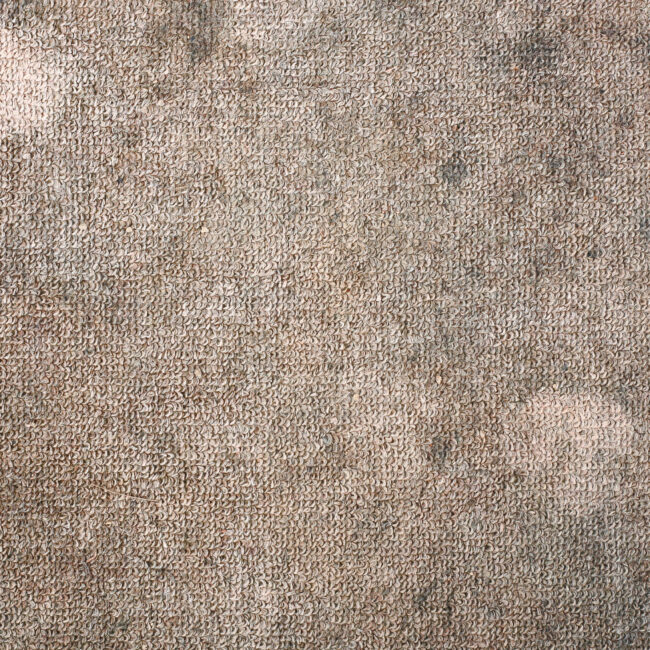
What does Mold look like on Carpet
Dealing with carpet mold in Florida can be tough, especially with our warm and humid weather that makes it easy for mold to grow. At ETA Mold, we know how important it is to keep your home or business safe and healthy. That’s why we offer expert carpet mold inspection and testing across the state. Whether you’re smelling something odd, spotting unusual marks, or just want to make sure everything’s okay, we’re here to help. Our team is ready to find and fix mold problems before they get worse, so you can relax knowing your space is in good hands.
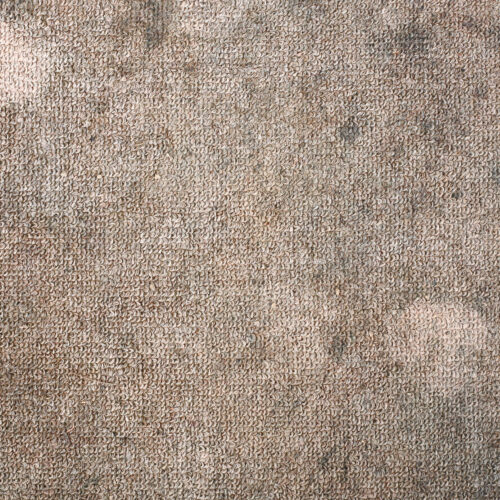
Regularly inspecting your carpet and maintaining proper ventilation, insulation,
Regular maintenance, immediate attention to spills and leaks, and ensuring proper ventilation can help prevent mold growth in carpeted areas.
How to Prevent Carpet Mold with
Mold Testing Guidance

Control Humidity:
- Use a dehumidifier or air conditioner to keep the humidity indoors between 30-50%.
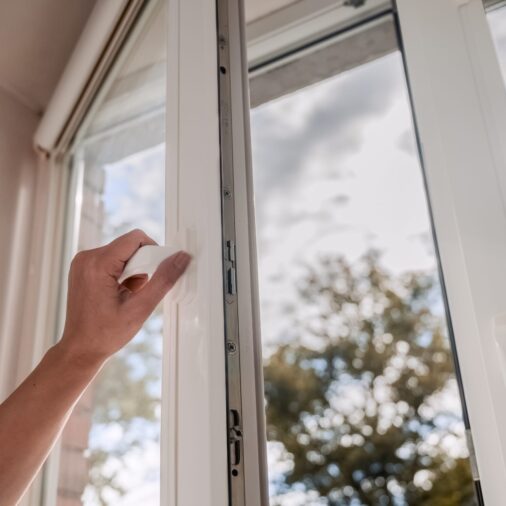
Improve Ventilation:
- Open windows, use exhaust fans, and keep your rooms well-ventilated to help air circulate.
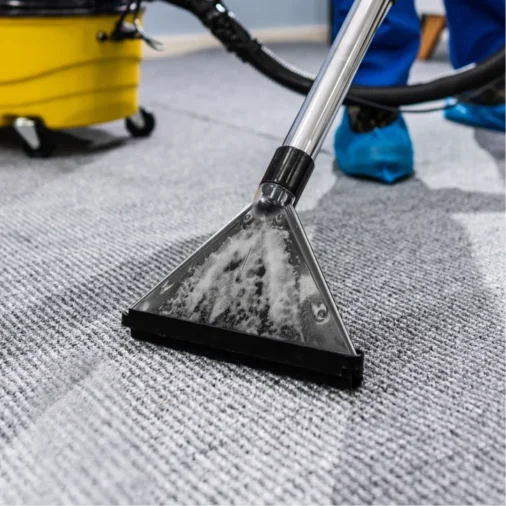
Regular Cleaning:
- Vacuum your carpets often, and consider professional cleaning to get rid of deep dirt.
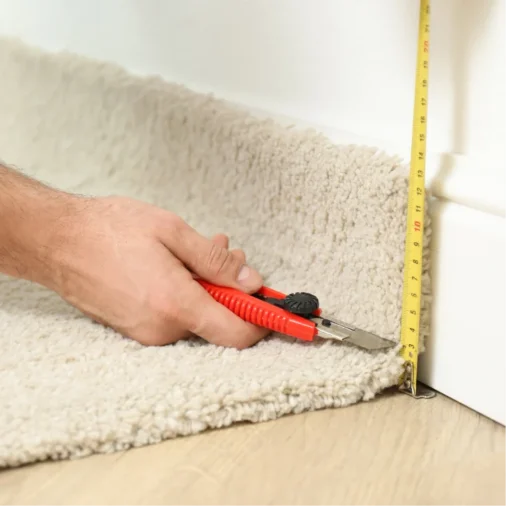
Use Moisture-Resistant Pads:
- Pick carpet pads that resist moisture to help prevent mold.
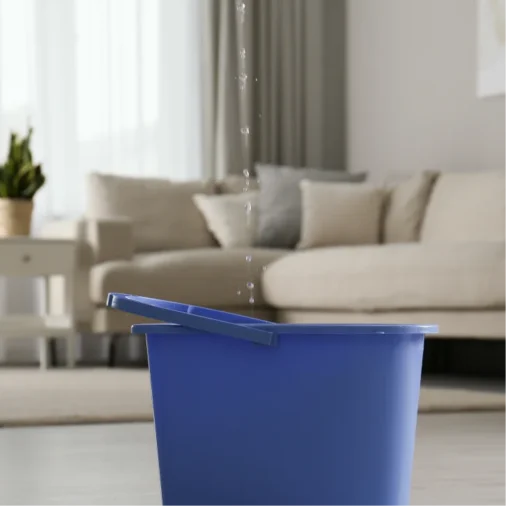
Fix Leaks:
- Take care of any leaks or water problems quickly to keep moisture away from your carpets.
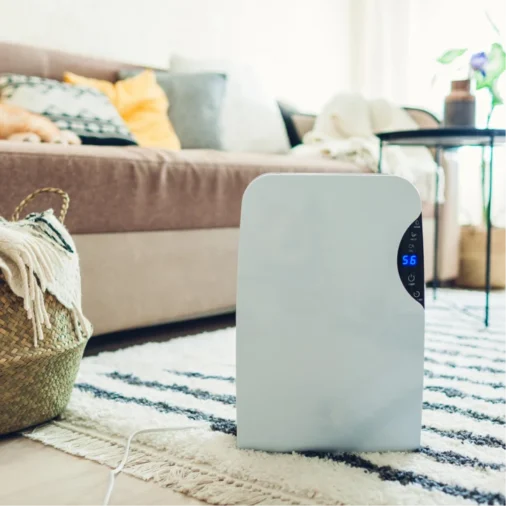
Keep Carpets Dry:
- Clean up spills and leaks right away, and make sure everything is completely dry.
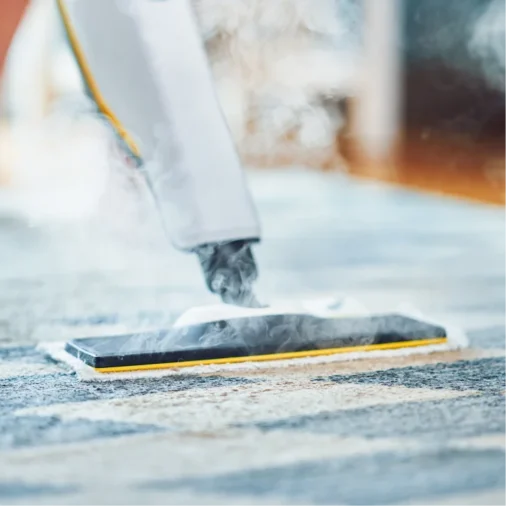
Inspect Regularly:
- Check for signs of mold or water damage and fix problems early.
What Health Problems Can Carpet Mold Cause?
Mold can seriously affect your health. Here’s how carpet mold can impact you:
Allergies: Mold spores are known allergens. They can cause sneezing, itchy or watery eyes, and a runny or stuffy nose. If you already have allergies, mold can make your symptoms even worse.
Breathing Problems: Breathing in mold spores can lead to issues like coughing, wheezing, and shortness of breath. This is especially bad for people with asthma or other lung conditions, as mold can trigger asthma attacks or make breathing more difficult.
Sinus Trouble: Exposure to mold can irritate your sinuses, leading to congestion, sinus headaches, and even sinus infections. This can make it harder to breathe and leave you feeling generally unwell.
Fatigue and Headaches: Some people may feel unusually tired or experience frequent headaches due to mold exposure. This is often the body’s reaction to the mold, leaving you feeling drained and out of sorts.
Weakened Immune System: Being around mold for a long time can weaken your immune system, making it easier for you to get sick from other infections. This is especially concerning if your immune system is already weak.
How Much Does Carpet Mold
Inspection and Testing Cost in Florida?
The cost of carpet mold inspection and testing in Florida can vary based on a few factors, like the size of the area and how much mold is present. Since every situation is different, it’s hard to give a simple answer that applies to everyone.
To get a clear idea of what it might cost for your specific needs, we recommend reaching out to us at ETA Mold. Just give us a call, and we’ll chat about your situation, figure out what’s needed, and give you a detailed breakdown of the costs. Don’t hesitate to get in touch. We’re here to help you keep your space mold-free and healthy!
Choose ETA for Expert Mold Testing
When it comes to checking for mold in your carpets, ETA Mold stands out in Florida for several reasons. With years of experience, we provide accurate and reliable results you can trust. Our thorough mold inspections cover every part of your carpet to find hidden mold, using the latest tools and techniques to ensure precise mold testing.
Professional Mold Inspection & Air
Quality Testing Services in South Florida.
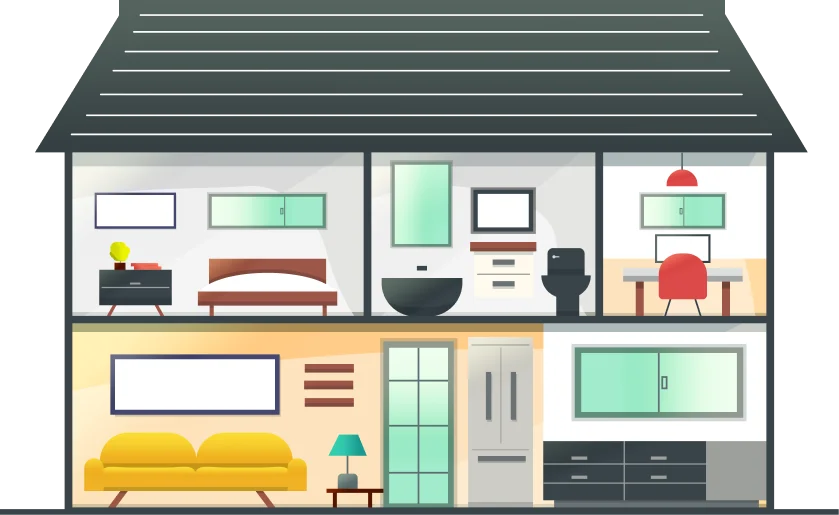
The Mold Inspection Process

DETECTION
We’ll discover the source of infrastructure damage. This is imperative and also the first step in our process.

TESTING
We send all samples to an accredited laboratory. Our labs know this is our priority and will give the most detailed results possible.

ASSESSMENT
Our certified and licensed assessors will compile a comprehensive report providing our documentation and lab analysis. All information comes with a scope of work.

Why Choose ETA Mold for Carpet Mold Testing in Florida
When it comes to checking for mold in your carpets, ETA Mold stands out in Florida for several reasons. With years of experience, we provide accurate and reliable results you can trust. Our thorough inspections cover every part of your carpet to find hidden mold, using the latest tools and techniques to ensure precise testing. We offer clear, honest reports that are easy to understand, explaining the findings and the seriousness of the issue along with next steps. Our personalized service means we tailor our approach to fit your specific needs. Choose ETA Mold for your carpet mold inspection and testing in Florida, and let us help you keep your home safe and healthy every step of the way.
Our team is comprised of industry-certified experts with extensive knowledge and experience in environmental testing. We utilize the latest technology and methodologies to ensure accurate and reliable results, making us leaders in the field.
Expertise
We are committed to providing exceptional customer service. Our team is responsive, thorough, and dedicated to assisting clients through every step of the testing process. We prioritize clear communication and tailored solutions to meet your specific needs.
Customer Service
Quality is at the core of everything we do. From rigorous testing procedures to detailed reporting, we ensure that all services meet the highest standards. Our commitment to quality helps clients make informed decisions based on dependable data.
Quality
Licensed, Certified,
and Insured Mold Inspection
and Air Quality Testing Company.

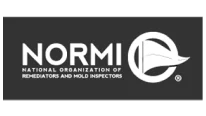



Before Booking an Air Quality Test
and Mold inspection Services
Receive $50 off!

Carpet Mold FAQ’S
Yes, mold can grow in carpets, especially if there is moisture present. Mold spores can settle in carpets and, if conditions are favorable, can begin to grow and spread.
Carpet mold is not usually deadly, but it can still be harmful, especially for people with weak immune systems, allergies, or breathing problems. If you’re exposed to mold for a long time, it could lead to more serious health issues. So, it’s important to deal with mold problems quickly to keep yourself and others safe.
Yes, carpet mold can be dangerous. It can trigger allergic reactions, respiratory problems, and other health issues. Additionally, it can damage your carpets and contribute to a musty smell in your home.
Baking soda can help to neutralize odors and absorb moisture, but it’s not a complete solution for killing mold. For effective mold removal, it’s best to use specialized cleaning products or consult a professional.
Mold can start to grow on wet carpet within 24 to 48 hours if the conditions are right. It’s important to address any moisture issues as soon as possible to prevent mold growth.
Carpet mold typically has a musty, damp odor. If you notice a constant unpleasant smell in your carpets, it might be a sign of mold growth.
Yes, a wet carpet can create the ideal environment for mold growth. Moisture from spills, leaks, or high humidity can lead to mold if the carpet isn’t dried quickly and thoroughly.
If a humidifier is not properly maintained or if it adds excess moisture to the air, it can contribute to mold growth in carpets. It’s important to keep humidity levels in check and clean your humidifier regularly to prevent this.
Typically, a carpet mold inspection takes a few hours, depending on the size of the area and the extent of the inspection. We’ll provide you with an estimated timeframe when you schedule your appointment.
Carpet mold inspection and testing are all about checking your carpets for mold and measuring moisture levels. This helps find out if there’s any mold and if you need to take more steps to fix the problem.
Areas We Serve
In Florida
1. Miami Dade
- Coral Gables
- Coconut Grove
- Miami Beach
- Star, Palm & Hibiscus Island
- Key Biscayne
- Keystone Islands
- San Souci
- Miami Shores
- Pinecrest
- Brickel
- Bal Harbor
- Bay Harbor Islands
- Indian Creek
- Surfside
- Eastern Shores
- Sunny Isles
- Aventura
- Golden Isles
- Golden Beach
- The Roads
2. Broward
3.Palm Beach
- Royal Palm Beach
- Lake Worth
- Lantana
- Boca Raton
- Boynton Beach
- Manalapan
- Singer Island
- South Palm Beach
- North Palm Beach
- Tequesta
- Highland Beach
- Ocean Ridge
- Country Club Acres
1. Miami Dade
- Coral Gables
- Coconut Grove
- Miami Beach
- Star, Palm & Hibiscus Island
- Key Biscayne
- Keystone Islands
- San Souci
- Miami Shores
- Pinecrest
- Brickel
- Bal Harbor
- Bay Harbor Islands
- Indian Creek
- Surfside
- Eastern Shores
- Sunny Isles
- Aventura
- Golden Isles
- Golden Beach
- The Roads
2. Broward
- Bonaventure
- Hallandale
- Miramar
- Hillsboro Beach
- North Lauderdale
- Coconut Creek
- Hollywood
- Sea Ranch Lakes
- Oakland Park
- Sunrise
- Coral Springs
- Parkland
- Dania
- Lauderdale By The Sea
- Pembroke Park
- Tamarac
- Davie
- Pembroke Pines
- University Park
- Deerfield Beach
- Plantation
- Weston
- Fort Lauderdale
- Lighthouse Point
- Pompano Beach
- Wilton Manors
3. Palm Beach
- Royal Palm Beach
- Lake Worth
- Lantana
- Boca Raton
- Boynton Beach
- Manalapan
- Singer Island
- South Palm Beach
- North Palm Beach
- Tequesta
- Highland Beach
- Ocean Ridge
- Country Club Acres
- Jupiter
- Palm Beach
- Jupiter Inlet Colony
- Palm Beach Gardens
- Wellington
- Jupiter Island
- Palm Beach Shores
- Delray Beach
- Palm Springs
- Lake Clarke Shores
- Pelican Lake
- West Palm Beach

